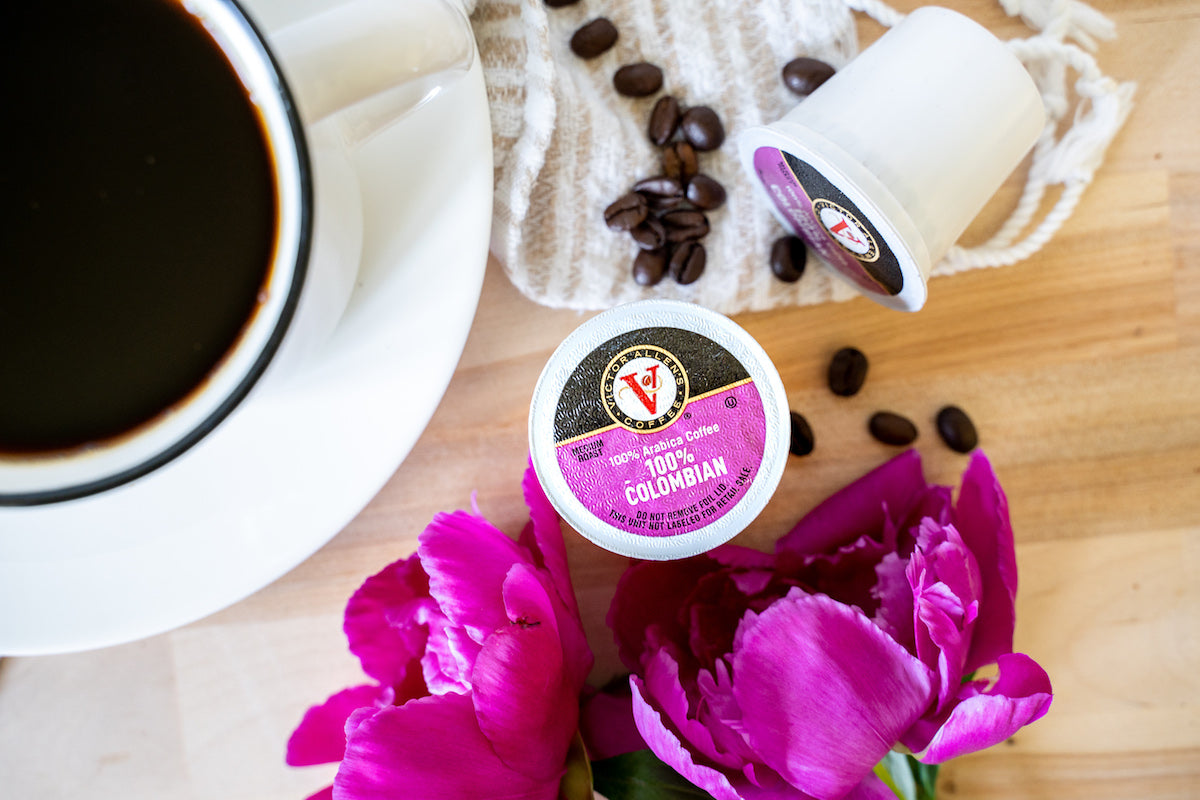How Many Calories Are There in Coffee Drinks?

Coffee forever exists in a health-food purgatory: neither the drink of champions nor poison. In the case of coffee, the truth is quite cloudy. The number of calories in your favorite coffee beverage has a lot to do with what you put in it. If you drink it black, there are very few calories in a good cup of joe. However, if you favor specialty coffee beverage or heap your drink with sugar and heavy cream, it increases the number of calories and fat in your coffee.
Overall Nutritional Value of Coffee
Coffee is not inherently bad for you. In more ways than one, it’s even a healthy staple in a diet. Particularly because calories in coffee land in the ballpark of zero to five.
Much like tea, coffee is thought to pack loads of antioxidants that fight cancer and, unlike tea, there’s reason to believe it can help prevent Type-2 diabetes. Plus, contrary to common thought about its effects on the heart and blood pressure, there’s no evidence that coffee contributes to heart disease and it can even lower blood pressure if consumed in moderation. How many calories are in a cup of coffee depends on what you add to that cup.
Black Coffee
How many calories are in black coffee? Black coffee is actually the easiest form of coffee to recommend: black coffee calories are minimal to nonexistent and it contains all the benefits mentioned above. It also doesn’t come with added sugars or cholesterol and contains an insignificant amount of sodium—approximately 5 milligrams per cup.
However, there has been some evidence that black espresso or French press-brewed coffee can heighten—if only slightly—LDL cholesterol. This is because oils in the coffee go unfiltered with these brew methods.
Coffee with Milk
Adding milk will add calories to the coffee, plain and simple. Here’s the breakdown of calories in coffee with milk, by milk type.
- Skim milk: 22 calories per two ounces
- 2 percent milk: 30 calories per two ounces
- Whole milk: 38 calories per two ounces
Of course, there is some advantage to adding a low-fat milk to coffee: it boasts calcium and a smattering of vitamins, if you’re someone who otherwise does not consume much dairy. Just don’t rely on it as a source of these nutrients.
Coffee with Cream and Sugar
Coffee with cream alone, adding two ounces, will add 120 calories to a cup of coffee. Adding one teaspoon of sugar, on its own, will add 16 calories. Together they’ll add a total of 136 calories; for context, that’s less than some milk cappuccinos and lattes, which in standard sizes with 2 percent or whole milk hover in the 100-plus calorie range—depending on how they’re prepared.
In short, coffee creamer calories make up the bulk of calories in this form of coffee. But how many calories are in coffee with cream depends, truly, on how heavy you are with your pour.
Iced Coffee
Iced coffee is, on its own, non-caloric in the same way hot coffee is. Iced coffee calories in black form should leave little to worry about. Cold brew should also be relatively non-caloric. If a label presents an iced coffee with calories, it’s likely that some sugar has been added to the brew. This is not uncommon among packaged cold brew coffees that often contain a range of added sweeteners like cane sugar or honey.
Pro Tip: Read the labels when a brand claims the drink is low in sugar (that’s subjective and not regulated by the FDA.) Milk will also add to the calorie count, but iced latte macchiatos are a great option for a spruced-up iced coffee fix that’s not very caloric—made with skim milk, espresso, and ice.
Frozen Coffee Drinks
This is where coffee can get dangerous to health.
Frozen coffee drinks are jokingly referred to as “coffee milkshakes” for good reason: they pack just as much fat and sugar, in some cases—sometimes more. A standard frappuccino contains 50 grams of sugar, and a caramel swirl frozen coffee can contain a hefty 31 grams of fat packed into 900 calories. These blended frozen drinks can vary from approximately 300 calories to close to a thousand, so ask questions when in line—or be mindful when adding ingredients in the kitchen.
The amount of calories in your coffee really depends on how you drink it and serving size. In moderation and if you stick with a simple cup of coffee with no sugar or a sugar-free substitute, you’re able to keep your caloric intake low. (That extra splash of milk won’t hurt, either.) However, if you’re drinking frozen coffee drinks or sugar-laden lattes, those calories will creep up.